Feeling ‘Meh’? A Practical, No-Nonsense Guide to a Happy Gut
I’ve been in the nutrition world for a long time, and I’ve seen countless food trends come and go. One minute it’s all about low-fat everything, the next it’s high-protein shakes. But one topic has stood the test of time, growing from a niche interest into something we all know is a cornerstone of good health: the gut.
In this article
- First Things First: Let’s Understand Your Inner Garden
- Stocking Your Pantry: The Core Foods for a Thriving Gut
- A Fun Challenge: The 30-Plant-a-Week Game
- Let’s Talk Budget vs. Splurge
- Putting It All Together: A Simple Plan
- Foods to Approach with Awareness
- When to See a Pro: A Friendly But Firm Disclaimer
- Inspirational Gallery
Honestly, so many conversations I have with people about their health—whether it’s bloating, constant fatigue, skin problems, or even mood swings—eventually lead back to the same place. What are you eating, and how is it feeding the massive ecosystem living inside you?
Your gut is way more than just a food-processing tube. It’s a bustling metropolis home to trillions of microorganisms. This community, your gut microbiome, is a complex mix of bacteria, fungi, and other tiny things that can either work for you or against you. When it’s balanced and happy, it helps you digest food, absorb nutrients, manage your immune system, and even produce compounds that affect your brain. But when it’s out of whack, you can feel it everywhere. My whole approach is about restoring that balance with real, accessible food—no magic powders or crazy-restrictive diets required.

First Things First: Let’s Understand Your Inner Garden
Before we even think about a grocery list, we need to know what we’re trying to do. I always use a garden analogy because it just clicks. Think of your gut as a garden. To make it flourish, you need three key things.
- Probiotics are the SEEDS. These are the good guys—the beneficial live microorganisms. When you eat probiotic-rich foods, you’re planting new, helpful bacteria in your gut garden to help keep the troublemakers in check.
- Prebiotics are the FERTILIZER. This is the food for your good bacteria. Prebiotics are special types of fiber that your body can’t digest, so they travel down to your colon where your friendly microbes have a feast. Without fertilizer, even the best seeds won’t thrive.
- Postbiotics are the HARVEST. Here’s a term you’ll be hearing more about. When your good bacteria (probiotics) munch on their favorite food (prebiotics), they produce amazing, health-promoting compounds. These are postbiotics. The superstar here is a short-chain fatty acid called butyrate, which is the main fuel for the cells lining your colon. It keeps your gut wall strong and helps fight inflammation. The harvest is the whole point of gardening, right?
So, our mission is to eat in a way that provides a steady supply of both seeds and fertilizer. Do that, and you’ll get a bountiful harvest of health benefits.

Stocking Your Pantry: The Core Foods for a Thriving Gut
Instead of just giving you a random list of “superfoods,” let’s organize this by what each food does. This way, you can learn to build a balanced plate naturally, which is a habit that will actually stick.
Category 1: Prebiotic Powerhouses (The All-Important Fertilizer)
Let’s be real, this is arguably the most important category for long-term gut health. You can’t just pop a probiotic pill and call it a day; you have to feed the good microbes you’ve already got. The general goal is around 25-38 grams of fiber per day, but please hear me on this: DO NOT jump to that number overnight!
Heads up! A sudden fiber increase will lead to some serious gas and bloating. Your gut needs time to adjust. I tell everyone to add one new high-fiber food every few days and drink plenty of water to help it all move along smoothly. Here’s a simple plan to ease into it:

- Week 1: Try adding a 1/4 cup of lentils or chickpeas to a salad or soup on three separate days. That’s it.
- Week 2: Keep up with the lentils/chickpeas and add something new, like cooking with an onion or adding a few spears of asparagus to your dinner twice this week.
- Week 3 & 4: Continue building slowly, maybe by swapping white bread for whole-grain or trying a small bowl of oatmeal for breakfast.
Key Prebiotic Foods:
- Onions, Garlic, and Leeks: These kitchen staples are packed with a powerful prebiotic fiber called inulin. Quick tip: If you’re sensitive, cooking them well makes them much easier to digest than eating them raw.
- Asparagus: Another great source of inulin. To prep it, just bend a stalk until it snaps—it will naturally break right where the tough, woody part ends.
- Bananas (the slightly green ones!): Here’s a neat trick. Underripe, slightly greenish bananas are full of resistant starch, which “resists” digestion and becomes amazing microbe food. As a banana ripens and gets yellow, that starch turns to sugar. Both are fine, but the green-tinged ones give you more prebiotic bang for your buck.
- Oats and Barley: These grains contain a special soluble fiber called beta-glucan. A simple bowl of oatmeal is a fantastic start to the day. Just opt for rolled or steel-cut oats over the instant packets, which can be loaded with sugar. Barley is incredible in soups, adding a chewy texture and a ton of fiber.
- Legumes (Lentils, Chickpeas, Beans): These are budget-friendly gut health superstars. Worried about gas? Start with a small 1/4-cup serving. Rinsing canned beans thoroughly washes away some of the gas-producing compounds. If you’re using dried beans, soaking them overnight helps a ton.
- Jerusalem Artichokes (Sunchokes): A word of caution I learned the hard way myself: these are one of the most potent sources of inulin on the planet. They are amazing, but you absolutely must start with a very small portion, like one or two thin slices, to see how you tolerate them. Trust me on this.
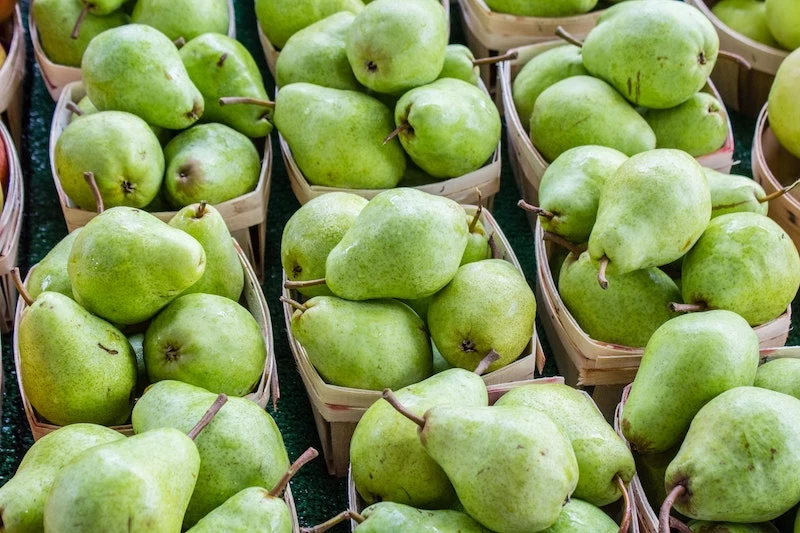
Category 2: Probiotic-Rich Fermented Foods (The Seeds)
Fermentation is an ancient practice for a reason—it not only preserves food but also creates beneficial bacteria. The number one rule when shopping for these is to read the label. You’re looking for products in the refrigerated section that are unpasteurized or clearly state “live and active cultures.” Shelf-stable jars have often been heat-treated, which kills the good microbes.
My Go-To Fermented Foods:
- Yogurt and Kefir: When it comes to yogurt, think plain and unsweetened. You can always add your own fruit. But if you want to level up, look into kefir. It’s like yogurt’s super-powered cousin—a fermented milk drink that’s often tangier and thinner. The big win with kefir is that it typically contains a much wider variety of beneficial bacteria and yeasts, making it a more diverse probiotic source. It’s fantastic for smoothies.
- Non-Dairy? No Problem! If dairy isn’t your friend, the market for coconut, almond, and cashew-based yogurts is amazing now. Just apply the same rules: look for “live cultures” on the label and watch out for added sugar. Water kefir is another great dairy-free choice, and most traditional kimchi is naturally dairy-free, too!
- Sauerkraut and Kimchi: We’re talking about the real deal in the refrigerated aisle. The only ingredients in true sauerkraut should be cabbage and salt. Kimchi is its spicy Korean relative, and it’s a double-whammy: you get probiotics from the fermentation and prebiotics from the cabbage and garlic. Start with just a tablespoon as a side dish to see how you do.
- Miso and Tempeh: These fermented soy foods are incredible. Miso is a savory paste perfect for soups and marinades. A key tip: to protect the live microbes, stir it in at the very end of cooking, after the heat is off. Tempeh is a firm cake of fermented soybeans with a nutty taste. It’s a wonderful whole-food meat substitute that’s also high in fiber.
- Kombucha: This fermented tea is a popular choice. It’s a great alternative to soda, but you have to be a label detective. Some brands are total sugar bombs, with more sugar per serving than a can of Coke. Look for brands with less than 10 grams of sugar per bottle. A good one will cost you about $3-$5 a bottle at most grocery stores.
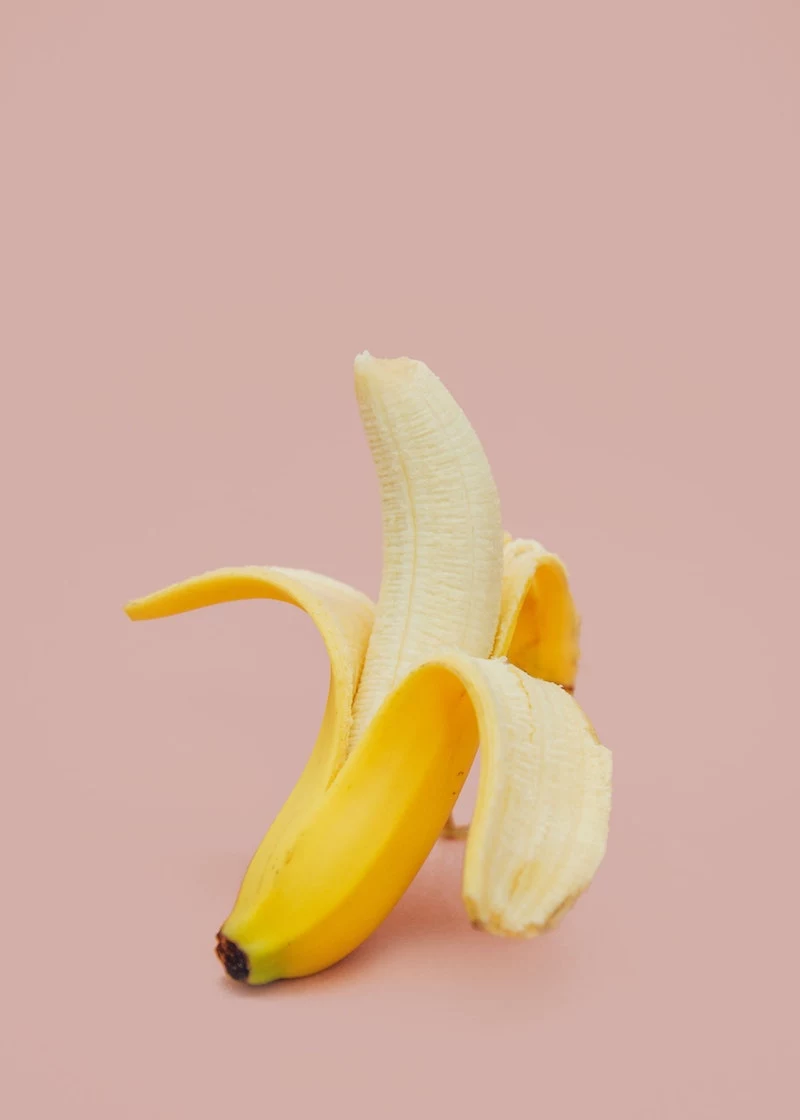
Category 3: Polyphenol-Rich Foods (The Microbiome Boosters)
Polyphenols are the compounds that give plants their vibrant colors. We used to think they were just antioxidants, but now we know they’re also huge for the gut. Your microbes transform them into other beneficial compounds.
- Berries: Blueberries, raspberries, you name it. A great money-saving tip is to buy them frozen. They’re just as nutritious and perfect for smoothies or oatmeal.
- Extra Virgin Olive Oil: That peppery kick you get from a good quality extra virgin olive oil? That’s a sign it’s rich in polyphenols. Use it for dressings or drizzling over finished dishes to preserve its delicate compounds. A good bottle will run you $20-$30, but it’s worth it.
- Dark Chocolate & Cacao: Yes, you have permission! The key is to choose dark chocolate that’s 70% cacao or higher, with minimal sugar.
- Green Tea: The catechins in green tea are a well-studied polyphenol that can encourage a healthy gut balance.

A Fun Challenge: The 30-Plant-a-Week Game
Research from The American Gut Project found something really cool: people who ate 30 or more different types of plants per week had a much more diverse (and healthier) gut microbiome than those who ate 10 or fewer. This sounds intimidating, but it’s easier than you think!
“Plants” includes fruits, veggies, nuts, seeds, legumes, whole grains, and even herbs and spices. To make it fun, just keep a running list on your phone or a sticky note on the fridge. Every time you eat a different plant, add it to the list. You’ll be surprised how quickly it adds up and it encourages you to try new things!
Let’s Talk Budget vs. Splurge
Building a healthy gut doesn’t have to be expensive. It’s all about where you focus your dollars.
- Budget-Friendly All-Stars: Cabbage (for DIY sauerkraut), dried lentils and beans, oats, onions, garlic, and seasonal produce are your best friends. These foods provide a massive return on investment for your gut health.
- Worth the Splurge (Sometimes): High-quality store-bought kimchi or sauerkraut (around $8-12 a jar), Jerusalem artichokes when you can find them, and that peppery, high-polyphenol extra virgin olive oil. You don’t need these every day, but they are potent additions.
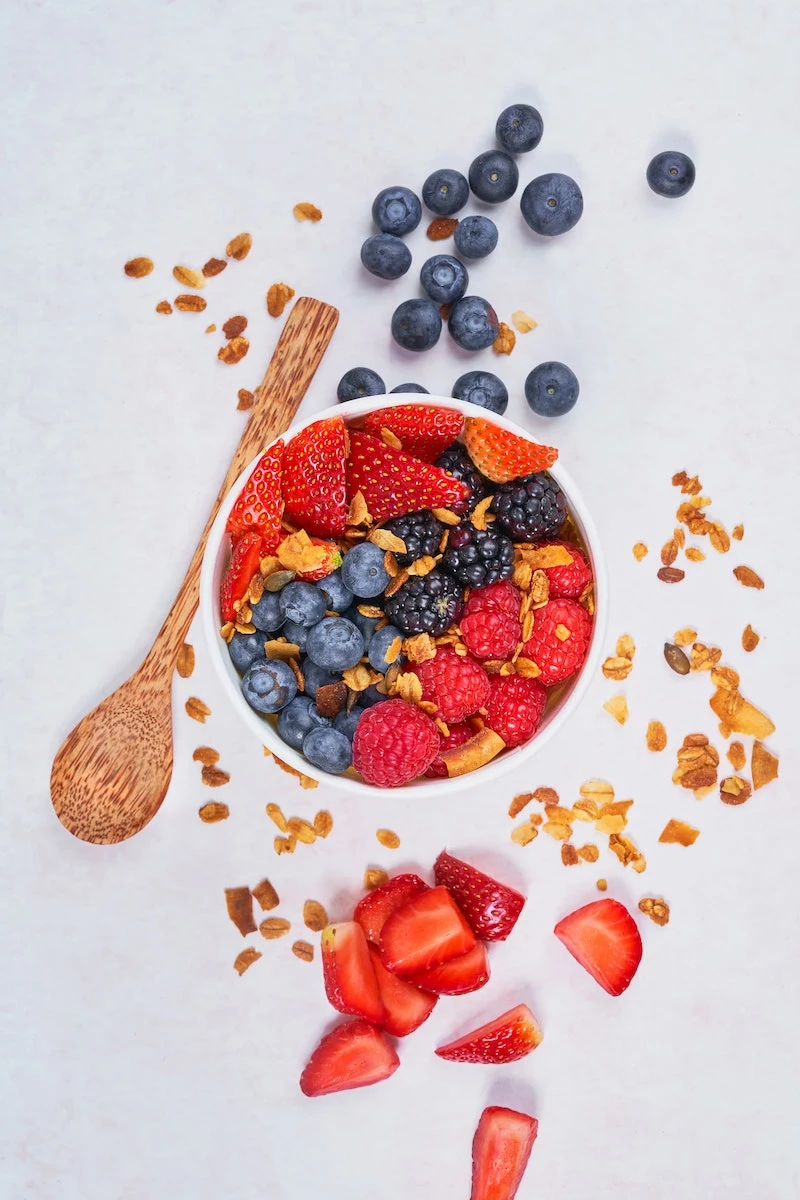
Putting It All Together: A Simple Plan
Okay, knowledge is great, but let’s make it actionable. Here’s how this can look in real life.
3 Quick Gut-Health Swaps to Make Today:
- Swap sugary breakfast cereal for a bowl of oatmeal topped with berries and a sprinkle of seeds.
- Swap your afternoon diet soda for a low-sugar kombucha or a cup of green tea.
- Swap white bread for a slice of 100% whole-grain or sourdough bread.
A Sample Day of Eating for Your Gut:
- Breakfast: A bowl of oatmeal made with water or milk, topped with a handful of blueberries (fresh or frozen), and a tablespoon of chia seeds.
- Lunch: A big salad with mixed greens, cucumber, bell peppers, a 1/2 cup of rinsed chickpeas, and a simple olive oil vinaigrette.
- Snack: An apple with a small handful of almonds.
- Dinner: A piece of baked salmon served with roasted asparagus and a 1/2 cup of quinoa. Add a tablespoon of kimchi on the side for a probiotic kick!
I once worked with a client who was completely reliant on coffee and sugary snacks to get through the afternoon. He was always tired and bloated. We didn’t do anything drastic; we just swapped his afternoon crackers and cookies for an apple and a handful of walnuts. Within two weeks, he told me his 3 p.m. energy slump was just… gone. It’s often the small, consistent changes that make the biggest difference.
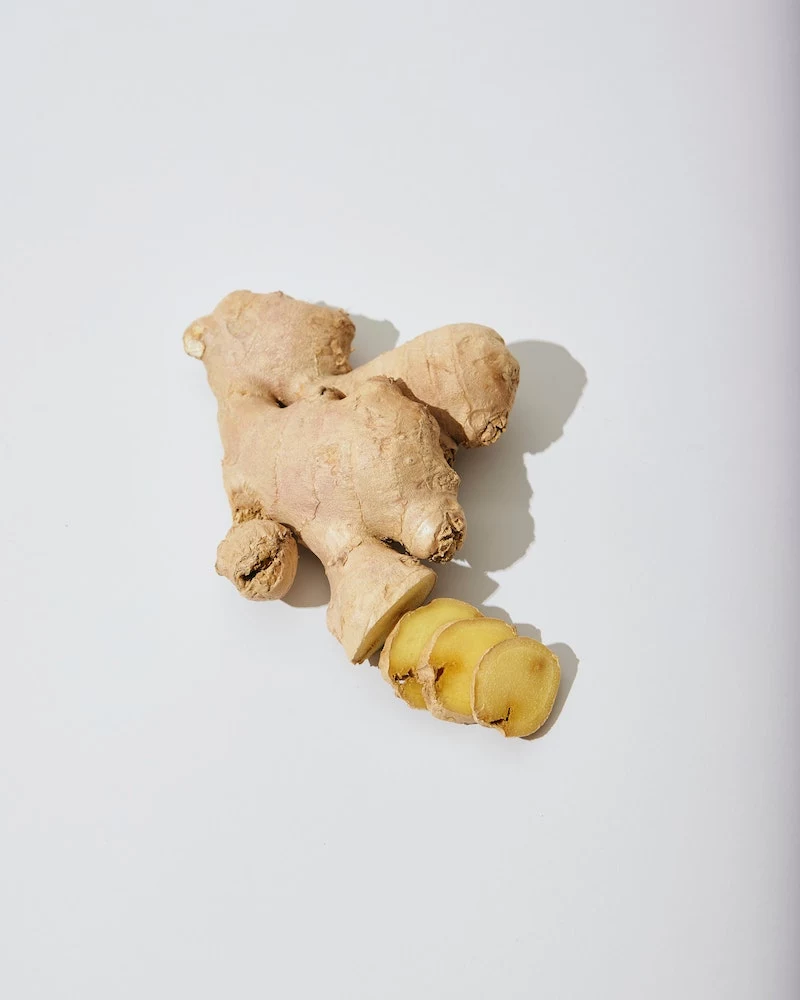
Foods to Approach with Awareness
I don’t like to label foods as “good” or “bad,” but it’s smart to be aware of things that can disrupt your gut’s harmony, especially in large amounts.
- Ultra-Processed Foods: These often contain emulsifiers that some studies suggest can disrupt the protective mucus layer of your gut.
- Artificial Sweeteners: The science is still evolving, but some sweeteners may alter the balance of your gut bacteria for the worse.
- Excessive Alcohol: A little red wine has polyphenols, sure, but heavy drinking is a direct irritant to the gut lining and can throw your microbiome out of balance.
When to See a Pro: A Friendly But Firm Disclaimer
Okay, real talk for a second. This guide is for generally healthy people looking to improve their well-being. It is NOT a substitute for professional medical advice. Self-diagnosing is a bad idea.
You absolutely need to see a healthcare professional, like a gastroenterologist or a registered dietitian, if you have:
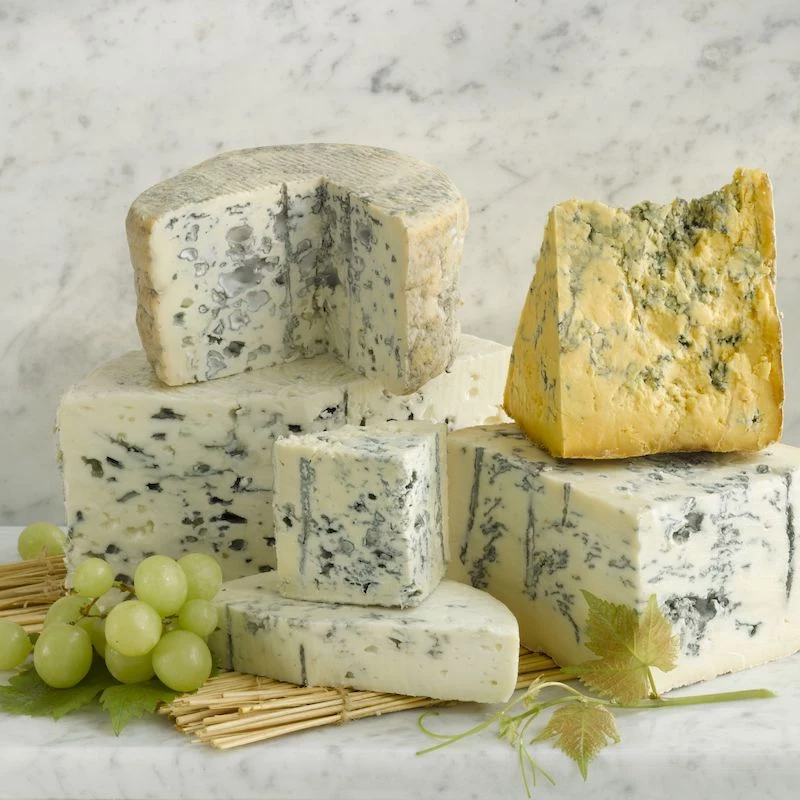
- Persistent and severe bloating, diarrhea, constipation, or acid reflux.
- Unexplained weight loss.
- Blood in your stool.
- Severe abdominal pain.
These can be signs of serious conditions like Celiac Disease, Inflammatory Bowel Disease (IBD), or SIBO. In those cases, a specialized therapeutic diet (like low-FODMAP for IBS) is often necessary and should only be done under professional guidance to make sure you’re doing it right and not becoming nutrient deficient.
Tending to your inner garden is one of the most powerful things you can do for your health. It’s a journey of patience and consistency, but the payoff—feeling truly good from the inside out—is so worth it.
Inspirational Gallery
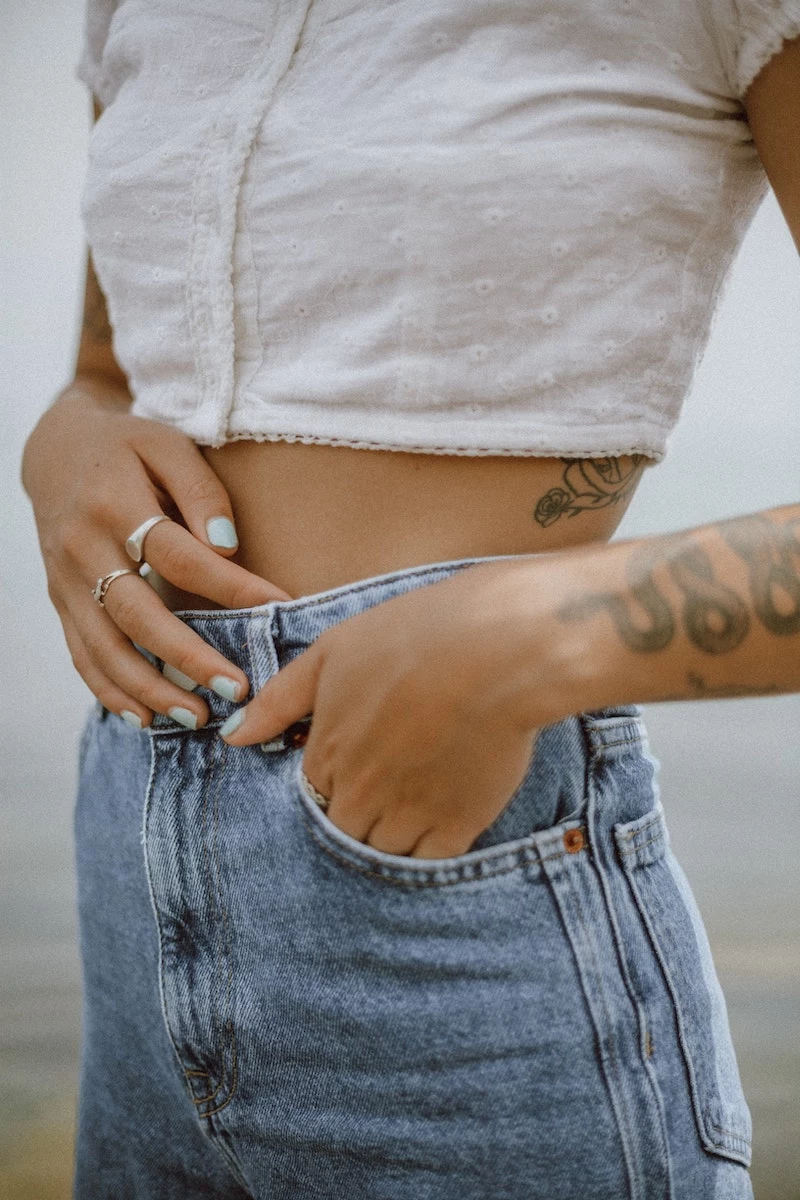
I eat yogurt, isn’t that enough for probiotics?
It’s a great start, but the world of fermented foods offers so much more diversity for your gut garden. While many yogurts contain beneficial bacteria, they often feature just a few common strains. To truly enrich your microbiome, think about introducing a wider variety of ‘seeds.’ Try adding a spoonful of sauerkraut (look for unpasteurized brands like Bubbies in the refrigerated section) to your lunch, or sip on some kombucha, a fizzy fermented tea. Each of these brings a completely different set of microbial allies to the party, helping to build a more resilient and varied inner ecosystem.










